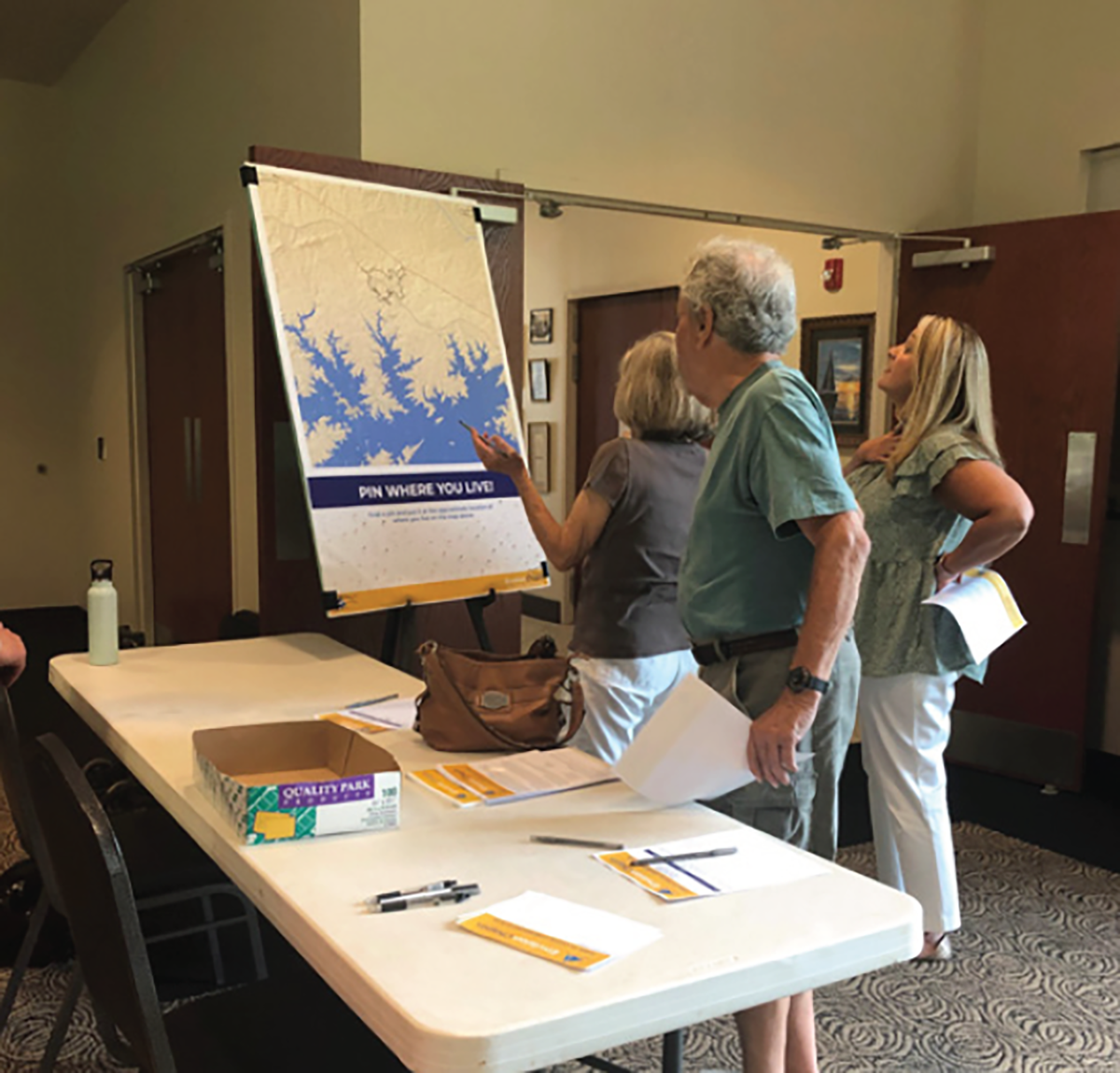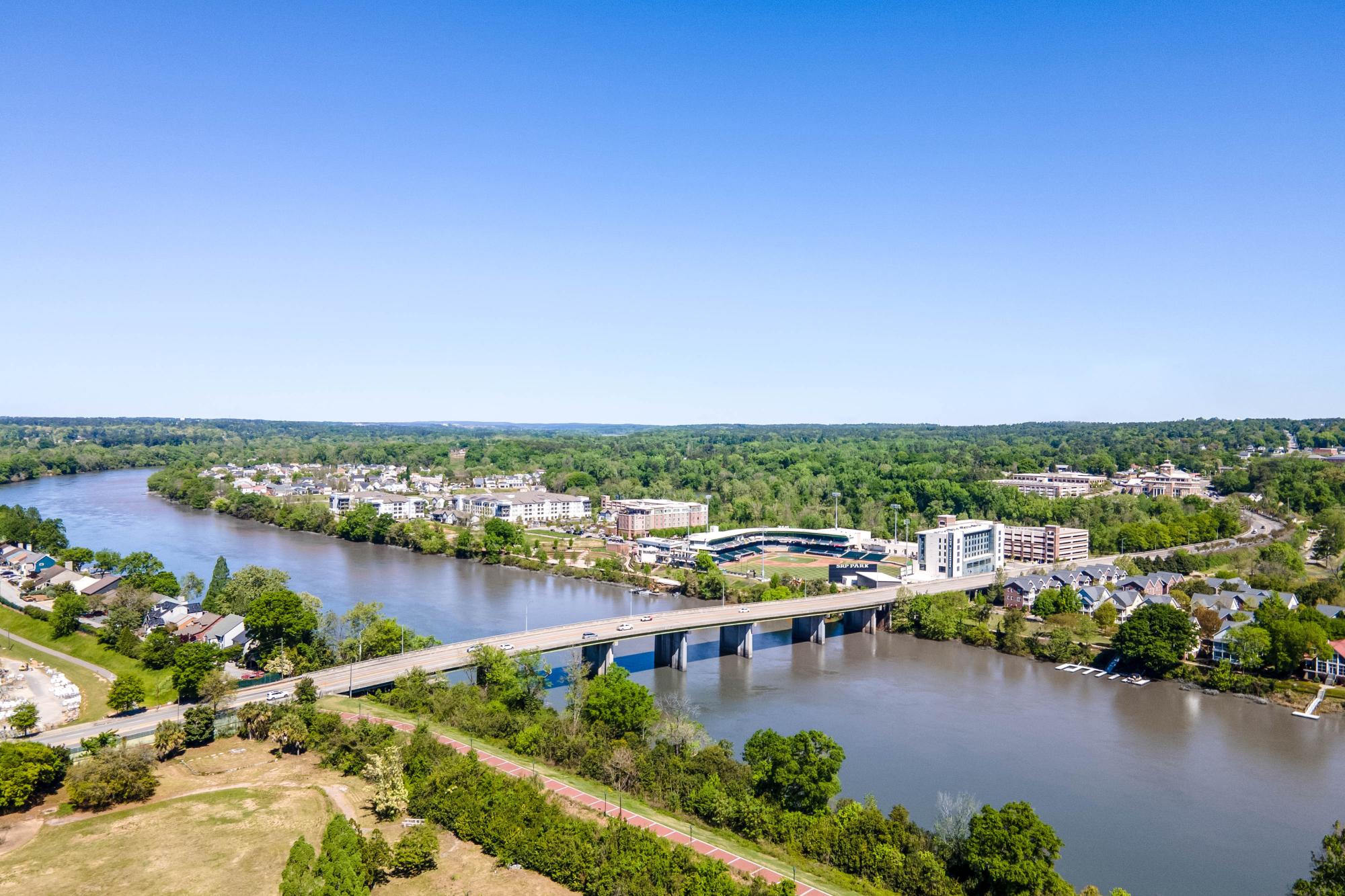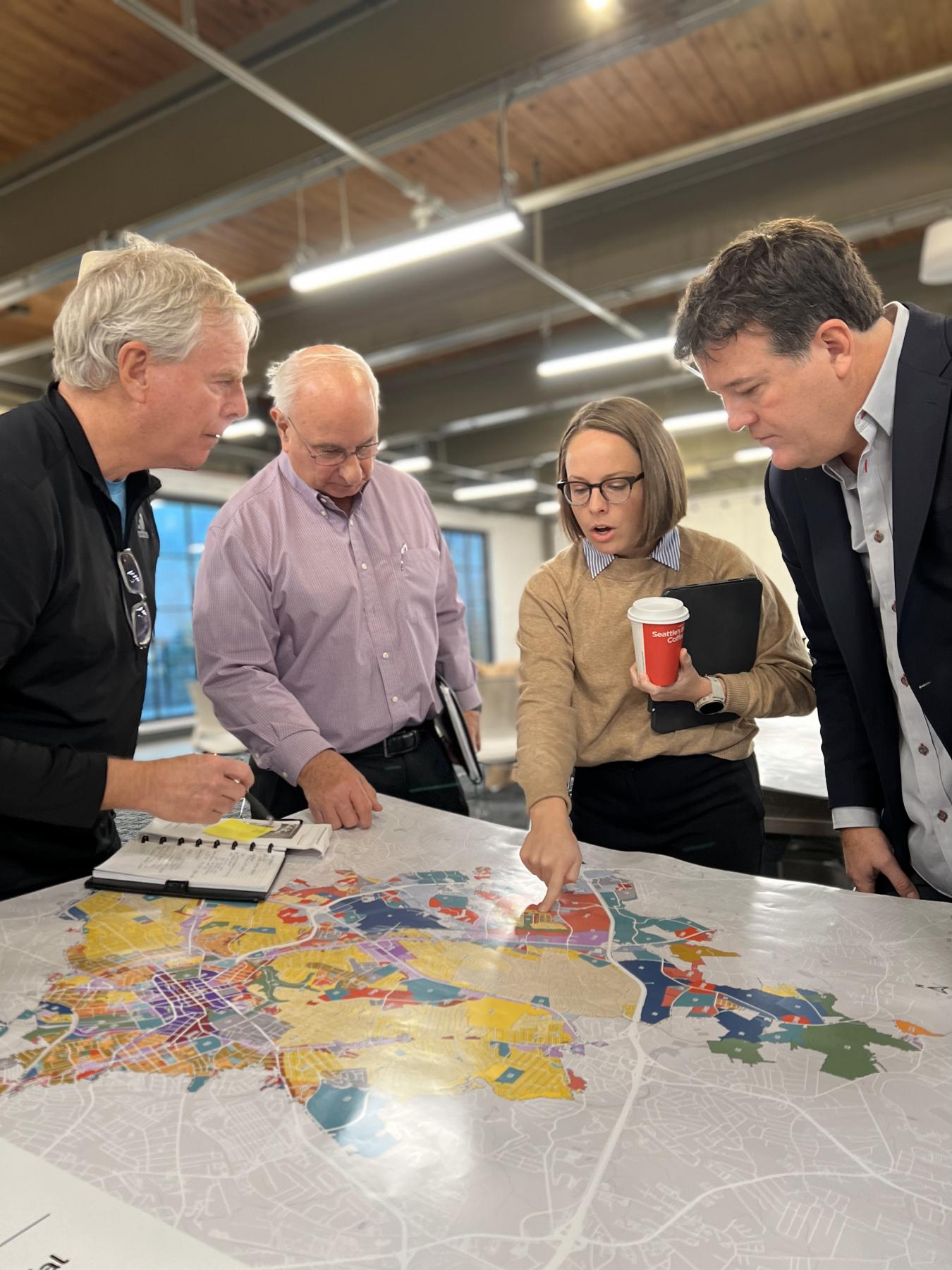Focused on integrating new development with existing infrastructure — and maintaining their architectural and community standards — cities and towns across South Carolina are revamping their old zoning codes and development ordinances.
Reorganizing their zone codes and development procedures also gives them an opportunity to establish a more streamlined and user-friendly product for those pursuing projects in their jurisdiction. The Town of Chapin, the City of North Augusta, and the City of Greenville are three municipalities who have recently embarked on such undertakings.
In Chapin, the town council approved its Unified Zoning and Development Ordinance, or UDO, in March 2024. The UDO set regulations, zoning and development ordinances for everything in the town — residential and commercial properties — and then builds on the comprehensive plan that involves areas that are outside the town, Nicholle Burroughs, the town administrator, said.
Like many South Carolina communities, Chapin is seeing an uptick in growth. The 2.1-square-mile town is relatively small, but Burroughs noted that it is impacted by the surrounding ZIP codes in Richland, Lexington and Newberry counties.

Chapin updated its Unified Zoning and Development Ordinance in 2024.
Photo: Town of Chapin.
She noted that the traffic that the town sees is primarily derived from those neighborhoods and developments that have emerged outside of the town.
“We’ve only approved one neighborhood in 15 years, and from [what] Lexington County standards were at the time, we got a 25% reduction of the amount of houses in that neighborhood. The Town of Chapin is extremely interested in creating developments that are of a higher quality, better projects, better design but that also still create opportunities for people to live in the area of Chapin, particularly in the Town of Chapin,” Burroughs said.
Led by a steering committee, the main architects of the new UDO included the planning commissioners, project consultants and town staff. Some key differences to the update were streamlining and clarifying of architectural standards, implementing architectural standards for neighborhoods and residential properties and improving commercial zoning regulations.
“There was a lot of improvements to our tree mitigation, open spaces, and the land development standards for a great protection of the community, the environment, and our natural resources,” Burroughs said.
With the updates to the UDO, Chapin is looking to the future.
“The Town of Chapin is really looking to provide a sustainable integration of new growth and development that’s in harmony with the existing small-town character and quality of life of our community. The UDO is really designed to help ensure that and to create clarity around our regulations so that developers know what to expect and can design projects that meet our expectations.”

North Augusta’s recent development code update aimed to create a consolidated and
user-friendly document. Photo: City of North Augusta.
The City of North Augusta started the process of revamping its development code, dating to 2007, more than four years ago. After the city executed a contract with its consultant, a steering committee formed, consisting of city council members, planning commission members, community members, and three staff members, to meet monthly.
“Their marching orders were basically to review the regulations and encourage reuse and redevelopment of property; review regulations to ensure the code supports responsible infrastructure and review current regulations for efficiency and effectiveness in meeting the comprehensive plan and review the zoning categories to encourage affordable housing,” Planning and Development Director Tommy Paradise said.
North Augusta’s development code entailed both the development protocol and also the zoning ordinance.
“So, it is both the zoning ordinance and the land development regulations put together — it was very confusing, it conflicted in places, it was hard to find [information], and so part of the orders from the committee, staff, and consultants was to make it easier and friendlier, make it more user-friendly,” Paradise said.
To achieve this goal, the city hosted several public engagement sessions — including virtual meetings during the COVID-19 pandemic – and conducted an online survey marketed to residents by direct mailing.
“The consultants wrote all that analysis down for us and did an audit of what we needed to change and what we needed to leave alone. The staff worked closely with them [to put the] draft together,” Paradise recounted.
An updated development code draft was presented to a subcommittee in November 2022, and the subcommittee approved the document in December 2023.
“There are a lot of similarities in the actual data, but the big difference is [the] means of use and being able to find something,” said Paradise. “We consolidated it; we’ve got more charts and more artwork, so that you see examples of what we’re talking about,” he said, adding that there are also no overlay districts. “There shouldn’t be any surprises or hidden parts in there.”

Greenville’s “Coffee with the Code” meetings sought public input on its development code
updates. Photo: City of Greenville.
The City of Greenville’s recent zoning code update fulfilled part of the vision of its comprehensive plan, GVL 2040, adopted in 2021. The plan’s three goals, said Mary Douglas Hirsch, planning director, are affordable housing, open space and improvement of transportation and mobility options. To align with them, Hirsch said that the existing development code had to be rewritten.
“We worked with the consultant team for about two years rewriting the code and did a ton of public outreach,” Hirsch said, stating that the city met with over 1,500 people at more than 75 meetings and presentations.
Around 2,000 signs stating “New Zoning Code” were also installed throughout the city, she added.
“We were just very public with the process which ended up with a better outcome, but the whole idea was to preserve and strengthen our neighborhoods in Greenville,” she said. “They were facing intense growth pressures from infill developments, and city council’s priority is to continue to make Greenville a very livable city.”
Hirsch explained elements that were updated within the code to alleviate some of the growth pressures, such as working to reduce illegal short-term rentals in residential neighborhoods, and “right-sizing” its zoning districts.
“Before, we only had two single-family residential districts, and under the new development code, we have four single-family house districts — [which is important] because Greenville is certainly developed, and so there were some lot sizes that weren't reflective of what was built.”
Tapping into its goal of open space preservation, a new “PK,” or Park District, was created to house its city parks that were residentially zoned, as well as a “Campus District” zoned for schools and institutional uses.
The city now offers monthly “project preview meetings” to connect developers with engineers and business owners.
“Anyone who has a project, either a rezoning or a new multi-family project, or anything that we might deem to have significant community interest, we would ask that they go to one of these meetings,” said Hirsch. “We’ve been doing it over a year now and it is working very well.”
Hirsch recounted that revamping the code was no small feat.
“Redoing your whole zoning across the entire city is a big undertaking, and we redid our code as well as our zoning map,” she said.
“The City of Greenville is committed to updating the code and making it work for the community – we’re already working out some things and figuring out what might need to change here and there; that helped us to get [the project] across the finish line.”
Updating or revamping existing zoning code and development ordinances in keeping with the times is an arduous task, but the benefits may outweigh any drawbacks to maintaining status quo for some municipalities.
